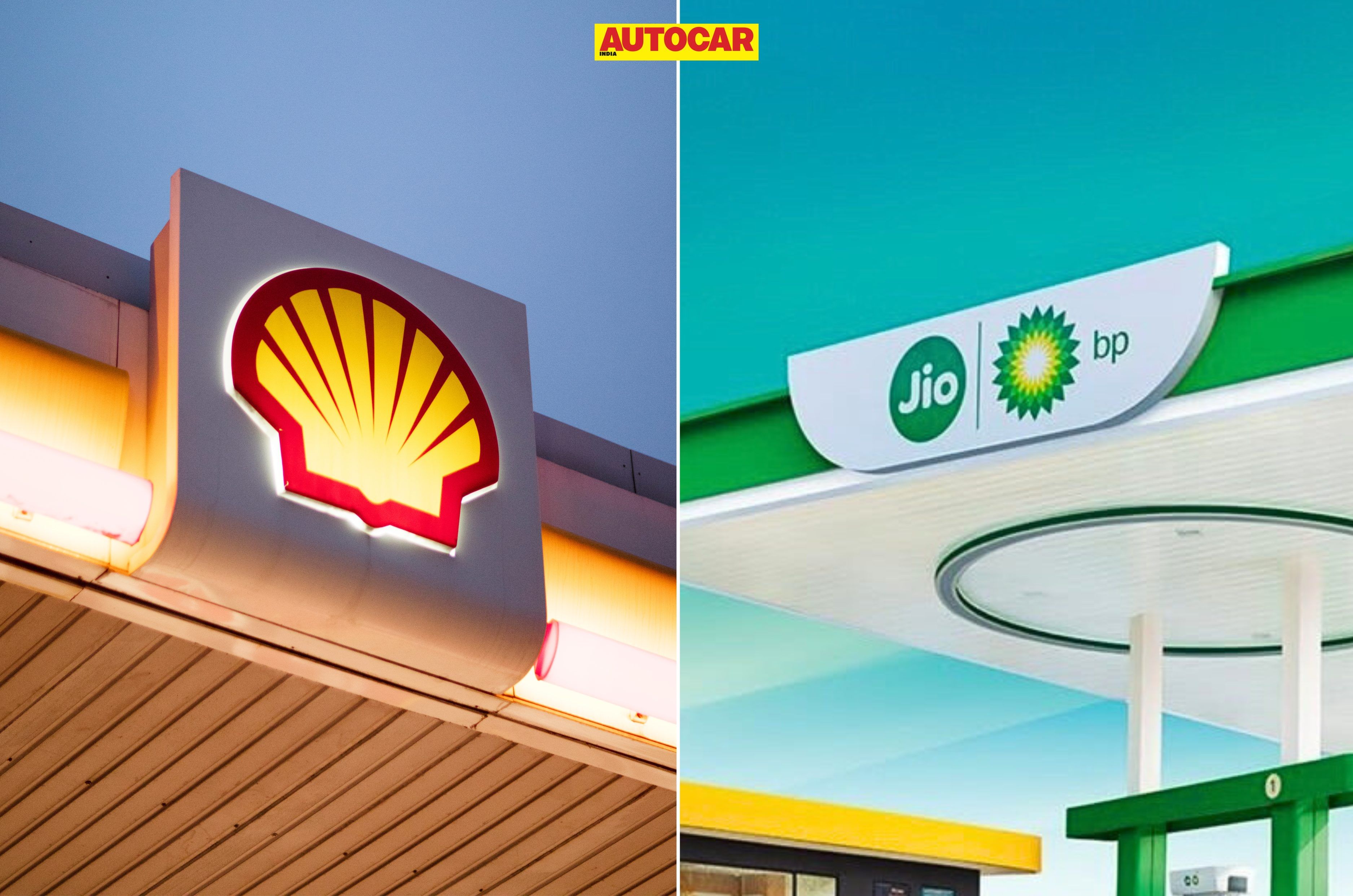
After publishing our fuel test results for public sector oil companies like Indian Oil, readers flooded us with requests to check petrols from private players like Shell and Jio BP. Both companies sell premium-priced fuels and make big claims about performance and cleanliness, so it was worth finding out how they stack up when it comes to ethanol content and octane ratings — especially with India’s E20 rollout underway.
While Shell and Jio BP follow different sourcing models, Shell doesn’t have its own refinery in India; it sources base petrol from public sector oil companies and then adds its proprietary additives to create its regular and V-Power formulations. Jio BP, on the other hand, sources from Reliance’s massive Jamnagar refinery and retails two grades of petrol – E12 and E20.
We had all four fuels tested at an accredited laboratory in Mumbai to measure their ethanol content and octane ratings, using precise ASTM D4815 and ASTM D2699 methods.
| Share of total volume (%) | ||||
|---|---|---|---|---|
| Shell Regular | Shell V-Power | Jio BP E12 | Jio BP E20 | |
| Total Oxygenates | 16.68 | 15.08 | 16.11 | 18.72 |
| Ethanol | 16.68 | 15.08 | 15.7 | 18.72 |
| Methanol | <0.20 | <0.20 | <0.20 | <0.20 |
| T-Butanol | <0.20 | <0.20 | <0.20 | <0.20 |
| N-Propanol | <0.20 | <0.20 | <0.20 | <0.20 |
| MTBE | <0.20 | <0.20 | 0.41 | <0.20 |
| Oxygen Content (%) | 5.79 | 5.23 | 5.52 | 6.50 |
| Octane Rating (RON) | 97.3 | 97.0 | 97.4 | 98.5 |
Decoding the Oxygenates Test
Gas chromatography (GC) analysis under the ASTM D4815 method was used to accurately quantify oxygenates like ethanol and ethers. This test is far more reliable than aftermarket ethanol sensors or crude water-separation methods.
In Mumbai, Shell Regular contained 16.7 percent ethanol, while V-Power had 15.1 percent, making them the lowest among all fuels tested so far. Jio BP’s E12 recorded 15.7 percent, while its E20 blend measured 18.7 percent ethanol — both a bit off the target levels suggested by their labels.
These figures confirm that while all these private fuels are on their way to meeting India’s E20 standard, full nationwide compliance hasn’t been achieved yet. Ethanol content can also vary regionally depending on blending logistics and ethanol supply.
Decoding the Octane Rating Results
Octane numbers were measured using the ASTM D2699 test method with a Cooperative Fuel Research (CFR) engine.
Across the board, octane levels were high — between 97 and 98.5 RON — comfortably above the 91–95 RON range of standard PSU fuels. The higher ethanol content in Jio BP’s E20 blend contributed to its stronger 98.5 RON rating, which can benefit high-compression and turbocharged petrol engines by allowing more ignition advance. However, ethanol’s lower energy density still means a trade-off in fuel efficiency.
Why the Lower Ethanol Content?
India’s government has mandated E20 petrol nationwide from April 2025, but the rollout is being executed in phases. The public sector oil companies (IOCL, BPCL, HPCL) — which own most blending facilities — have been prioritised in the first phase.
Shell, which has no blending infrastructure of its own and relies on PSU supply before adding its proprietary additives, may not yet be receiving fully E20-compliant base fuel. Its ethanol content is therefore slightly below 20 percent for now but is expected to rise as supply stabilises.
Jio BP, which has its own refineries and blending units, is also committed to offering E20 nationwide, though regional ethanol availability and logistics may still limit blending consistency.
For now, both Shell and Jio BP fuels show lower-than-advertised ethanol content, as verified by our tests. We’ll continue to monitor and retest fuels in the coming months to track how ethanol blending evolves as India transitions fully to E20.
Also see:
Do older BS4 cars have a higher drop in fuel efficiency on E20 petrol?

